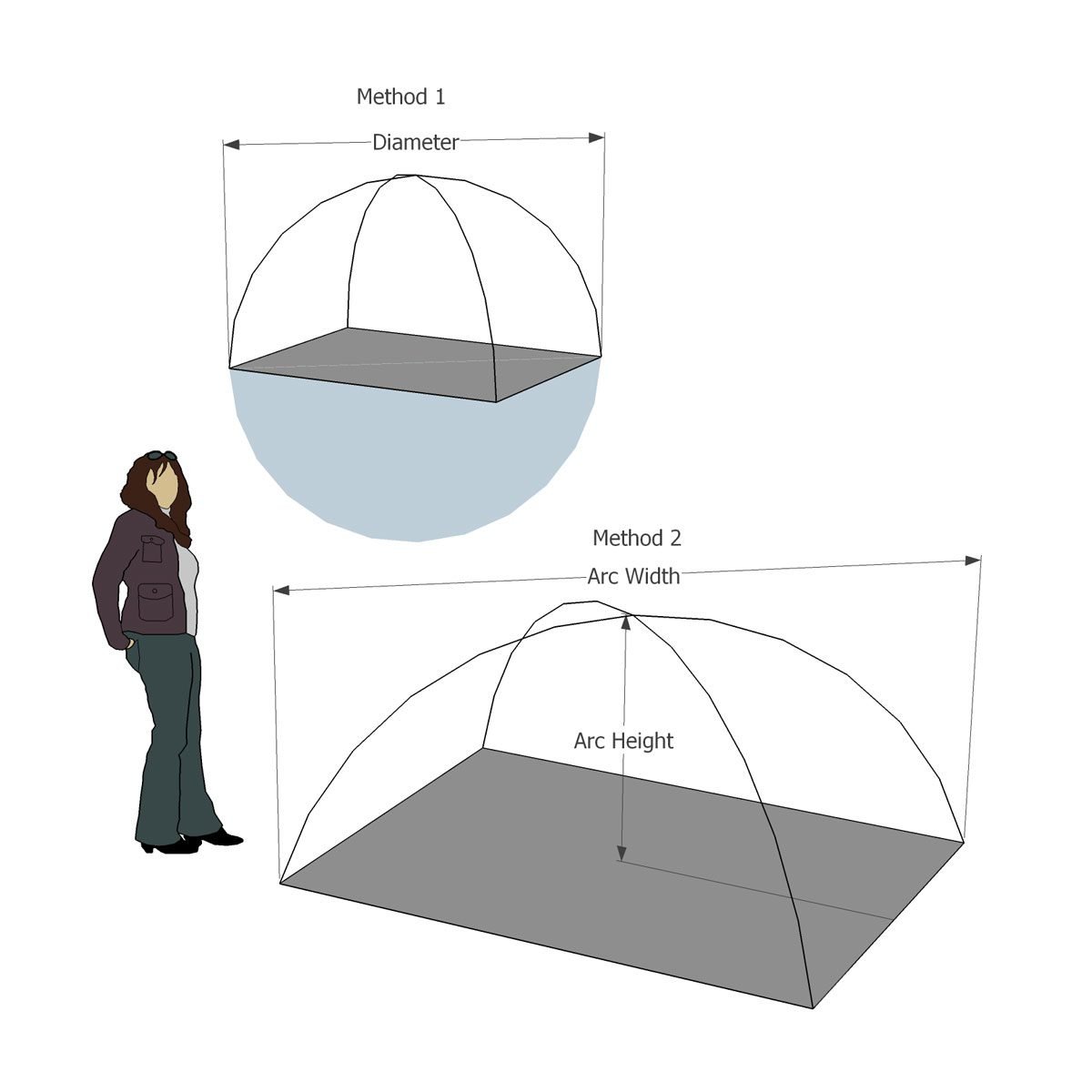Build another interactive kids’ toy:
Determine Pole and Tarp Size
The size of your tarp and poles determine the size of your final structure. Consider the smallest room in which you plan to set up the fort when selecting your materials.
Floor Tarp
- Set your desired width and depth, and find a ground tarp or other flooring that hits your dimensions.
- I used this 35-in. x 83-in. ultralight tent ground tarp to create a narrow structure that will fit on the floor between beds. It also matches the shape of a yoga mat, which makes a handy padding option on wood floors.
- DIY Option: Sew loops or press grommets onto the corners of a robust picnic blanket.
Cover Tarp
- Covering material depends on what you have on hand and want you want to achieve. Try a simple rain-resistant tarp or a light UV-resistant sheet. Or go natural from here and use some scavenged sticks and branches to make a wind-breaking lean-to.
- We used an old Boy Scout tarp (10 ft. x 10 ft.), but any large tarp or cloth will do.
- Bonus if your tarp has eye holes. You can hook those over the tent pole ends, for extra sturdiness.
- Sizing your cover tarp will depend on how long your poles are. If you get a tarp that’s at least as wide as your poles are long, you should be able to cover any configuration.
- With my design, a 10-ft. tarp was just barely wide enough to cover the arc created by my 11-ft. poles.
Poles
- Lay out a long, bendable object or string on your floor to eyeball an approximate pole length. You could also use free modeling software like SketchUp to get the measurements.
- I used these 11-ft.-long aluminum rod tent poles.
- Prefer math? Read on for a couple of additional, more exacting methods. If not, skip to Step 2.
Method 1: Circumference Calculation
If you’re going for an approximately constant-radius arc — picture a perfect circle, halved — calculate the circumference of a circle, to represent the circle passing through the corners of your ground tarp. Then divide it by two to get desired pole length.
To calculate, you’ll need to find the diameter of the circle, which is equal to the corner-to-corner distance of the ground tarp you chose. If you’re ordering one and unable to measure it in person, use the Pythagorean theorem to calculate the diameter: Tarp length squared + tarp width squared, then take the square root of the result. Example using a 35-in. x 83-in. ground tarp:
35 squared (1,225) + 83 squared (6,889) = 8,114
Square root (√) of 8,114 = 90 (your diameter)
Desired pole length is then found by multiplying pi (π) x diameter to get circumference, and then dividing it by two. In this case, that’s: pi (π) x 90 / 2 = 141.37 inches, or about 11.75 feet
Going slightly shorter and using a standard 11-ft. pole would result in a structure shape with a slightly lower peak than a perfect half-circle.
Method 2: Arc Calculator
To achieve flatter or taller arc shapes — picture an oval halved — you can use an arc calculator to calculate arc length, a.k.a. your desired pole length. You’ll need to set two inputs to enter into the calculator:
- Arc Width in this case is the distance, corner-to-corner, of the floor tarp size you chose. Follow directions in Method 1 to calculate.
- Arc Height is the height you want the center peak of your structure to be.
- Tent poles don’t necessarily arc in a perfectly uniform way, but this will give you a decent approximation to work with.

Article source here: How to Build an Indoor/Outdoor Kids’ Fort With Tent Poles


No comments:
Post a Comment